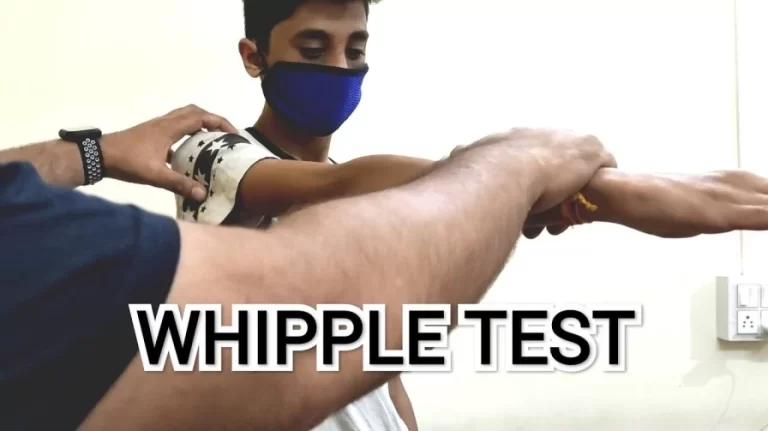Muscle Stripping
What is a Muscle Stripping?
Muscle stripping is a deep-tissue massage technique that uses firm pressure to break up muscle adhesions and scar tissue. It is a type of instrument-assisted soft tissue mobilization (IASTM) therapy that uses specially designed stainless steel tools to apply pressure to the muscles.
Muscle stripping is often used to treat pain and stiffness caused by:
- Muscle injuries, such as strains and tears
- Overuse injuries, such as tendinitis and bursitis
- Diseases that cause chronic pain, such as fibromyalgia and migraines
- Scar tissue from surgery or injuries
- Muscle stripping can also be used to improve range of motion and flexibility, and to promote healing after an injury or surgery.
During a muscle stripping session, the therapist will apply pressure to the affected muscle in the direction of the muscle fibers. This helps to stretch the muscle and break up adhesions. The therapist may also use the tools to massage the muscle and promote blood flow.
Muscle stripping can be uncomfortable, but it should not be painful. If you experience any pain, let your therapist know so they can adjust the pressure.
Benefits of muscle stripping
Muscle stripping has many potential benefits, including:
- Reducing pain and stiffness
- Improving range of motion and flexibility
- Promoting healing after an injury or surgery
- Breaking up muscle adhesions and scar tissue
- Reducing muscle spasms
- Improving circulation
- Reducing inflammation
- Improving athletic performance
Is muscle stripping right for you?
Muscle stripping is generally safe for most people. However, it is important to talk to your doctor before starting any new type of treatment, especially if you have any underlying health conditions.
Muscle stripping may not be appropriate for people with:
- Bleeding disorders
- Open wounds or skin infections
- Fractures
- Tumors
- Osteoporosis
- Severe cardiovascular disease
How to find a qualified muscle stripping therapist?
If you are interested in trying muscle stripping, it is important to find a qualified therapist. You can ask your doctor for a referral or search online for therapists in your area who are certified in IASTM therapy.
What to expect during a muscle stripping session?
During a muscle-stripping session, the therapist will ask you about your pain and any other symptoms you are experiencing. They will then assess your muscles and range of motion.
Once the therapist has a good understanding of your condition, they will begin the muscle stripping treatment. They will use the stainless steel tools to apply pressure to the affected muscles in the direction of the muscle fibers.
The therapist may also use other massage techniques, such as effleurage and petrissage, to warm up the muscles and promote relaxation.
After a muscle stripping session
It is normal to experience some soreness and bruising after a muscle stripping session. This is typically only temporary and will go in a few days.
It is important to drink plenty of water after your session to help flush out the toxins that have been released from your muscles. You may also want to apply ice or heat to the treated area to reduce soreness and inflammation.
If you have any concerns about your recovery, be sure to contact your therapist.
FAQs
What are the main benefits of muscle stripping?
Muscle stripping works best when combined with exercise to break up scar tissue or muscle “knots,” which improves joint range of motion, speeds up healing, strengthens muscles, and lessens discomfort.
Does muscle stripping hurt?
Muscle stripping can be uncomfortable, but it should not be painful. If you experience any pain, let your therapist know so they can adjust the pressure.
It is also important to note that muscle stripping can be more uncomfortable during your first few sessions. As your muscles loosen up and the adhesions and scar tissue break up, you should experience less discomfort.
What is the muscle stripping protocol?
This method involves gliding, slow pressure applied throughout the length of the muscle fibers. Trigger points, which are areas of hyperirritable muscular tissue that refer pain, are eliminated by stripping strokes, which also release and lengthen constricted muscle and fascia.
References
- Lmt, N. M. P. R. C. (2020, August 10). Muscle Stripping — Madsen Massage Therapy. Madsen Massage Therapy. https://www.madsenmassagetherapy.com/articles/2019/10/13/muscle-stripping
- Muscle Stripping | Finish Line Wellness. (n.d.). Finish Line Wellness. https://www.finishlinewellness.com/muscle-stripping







